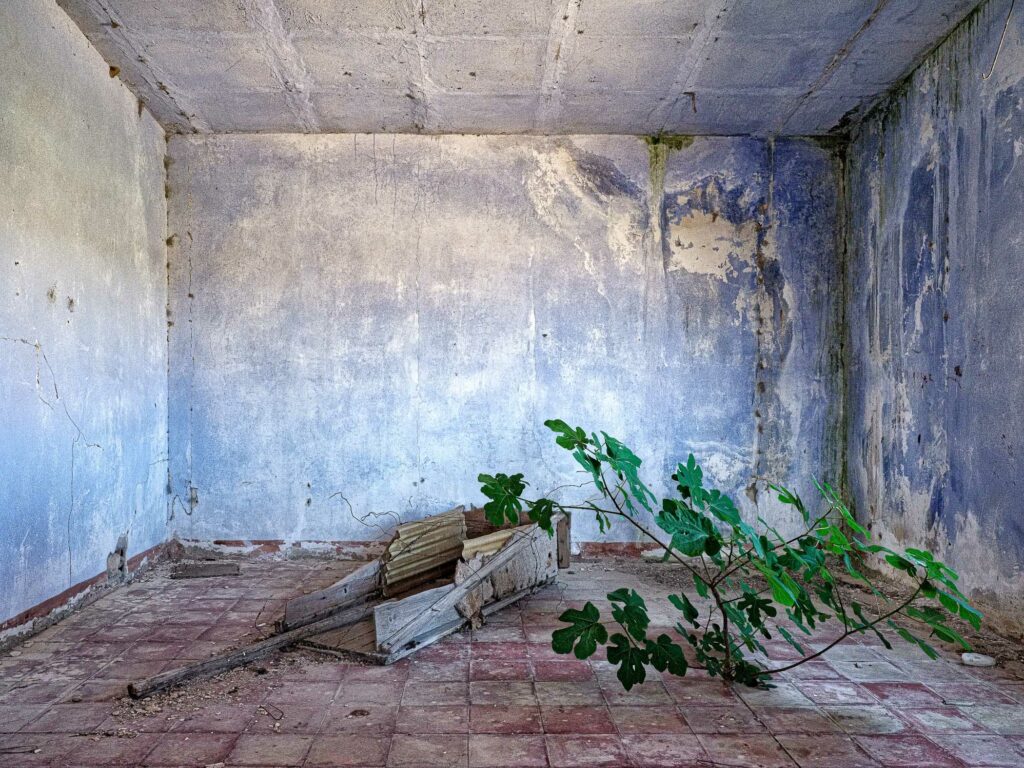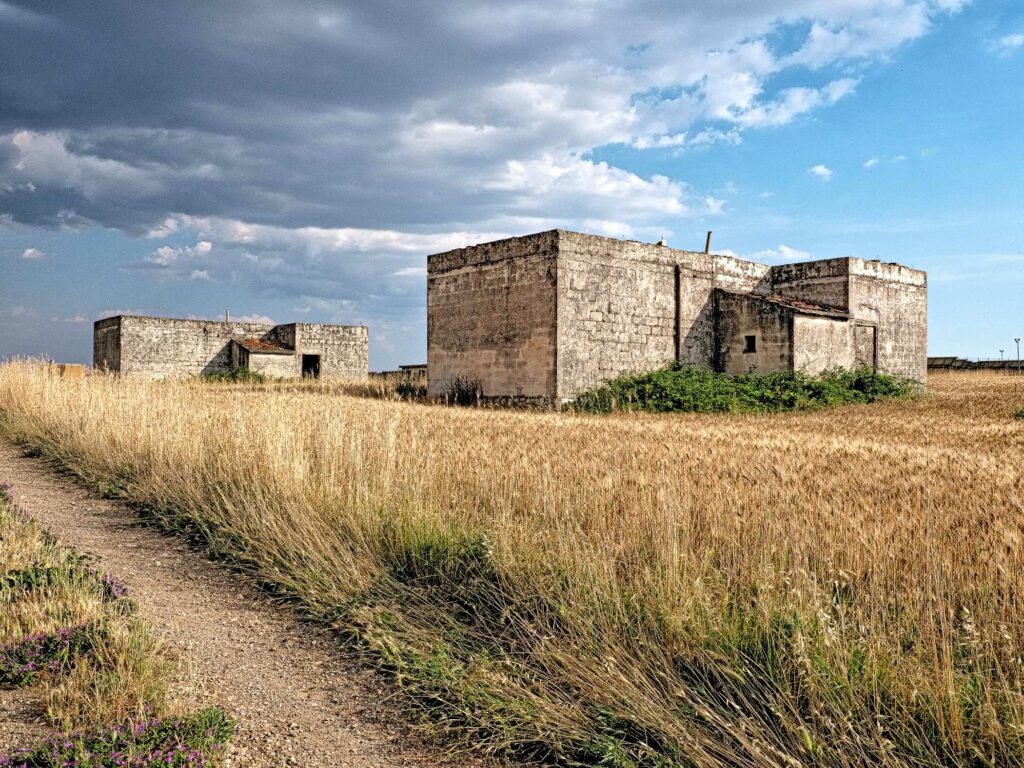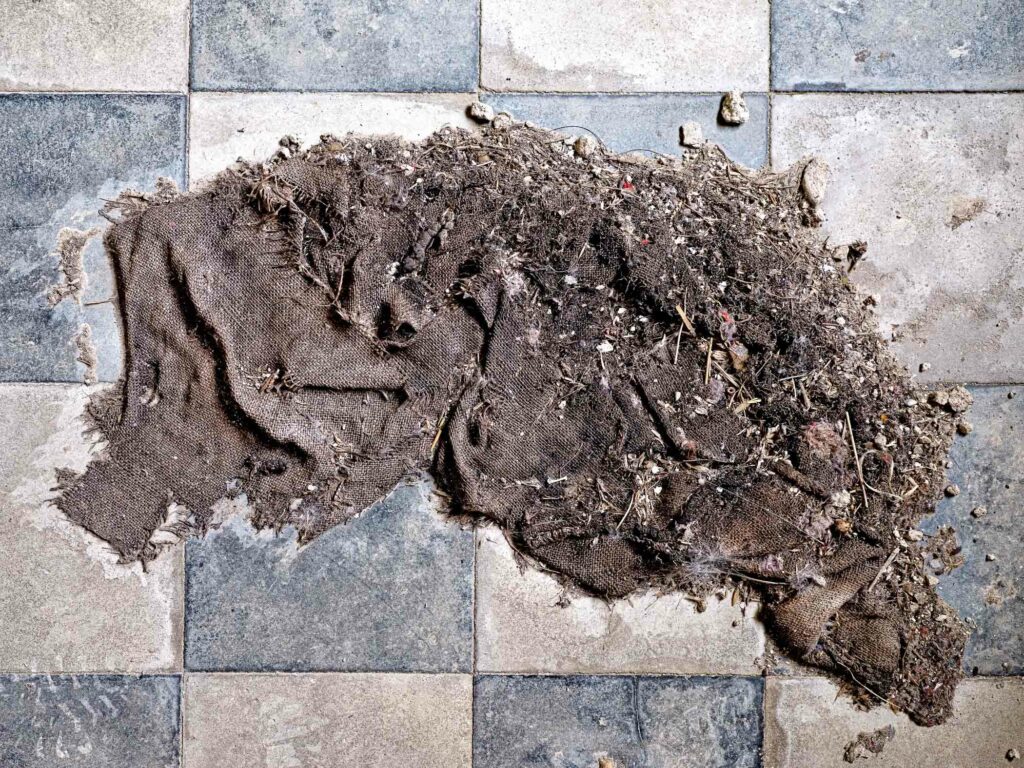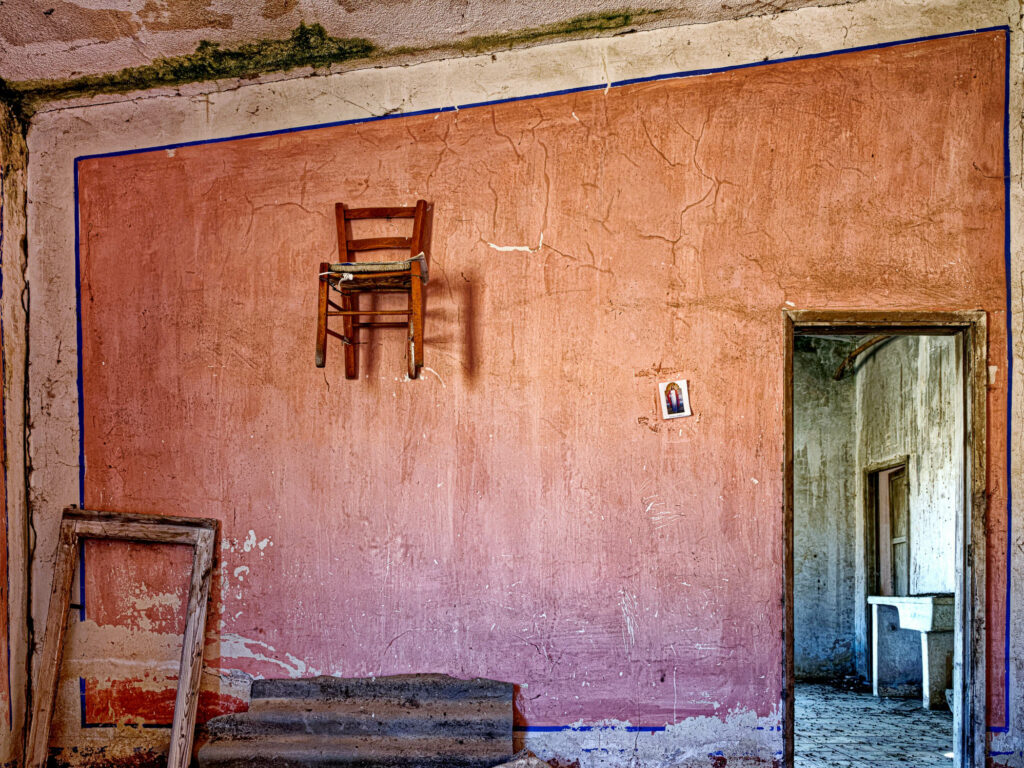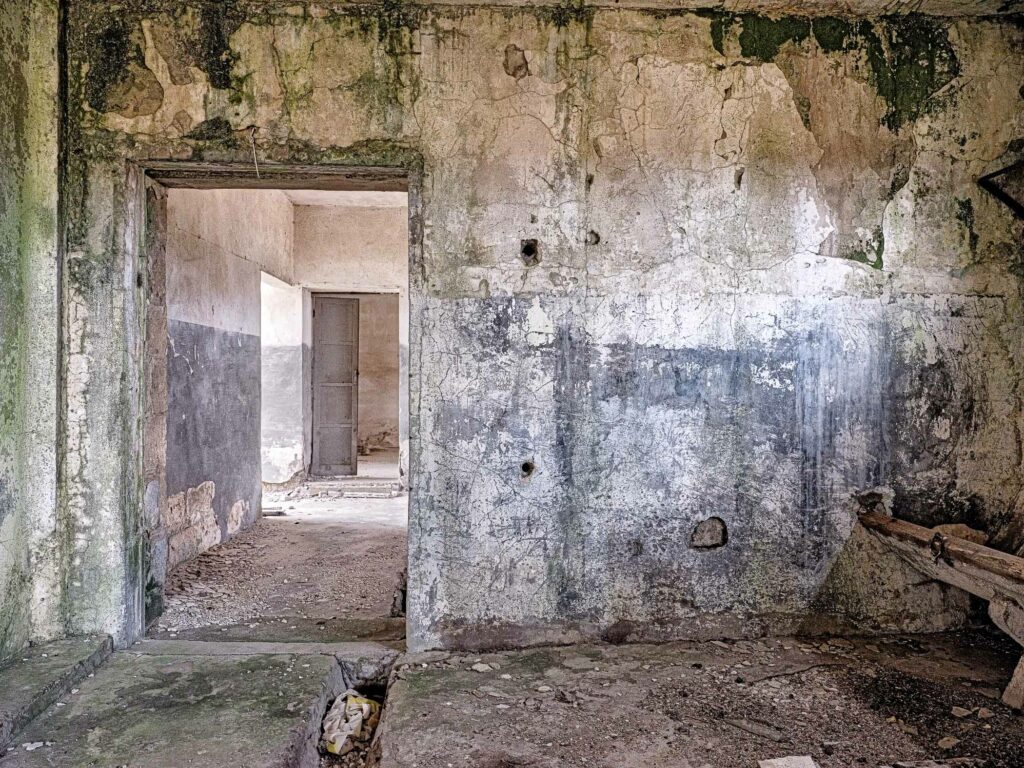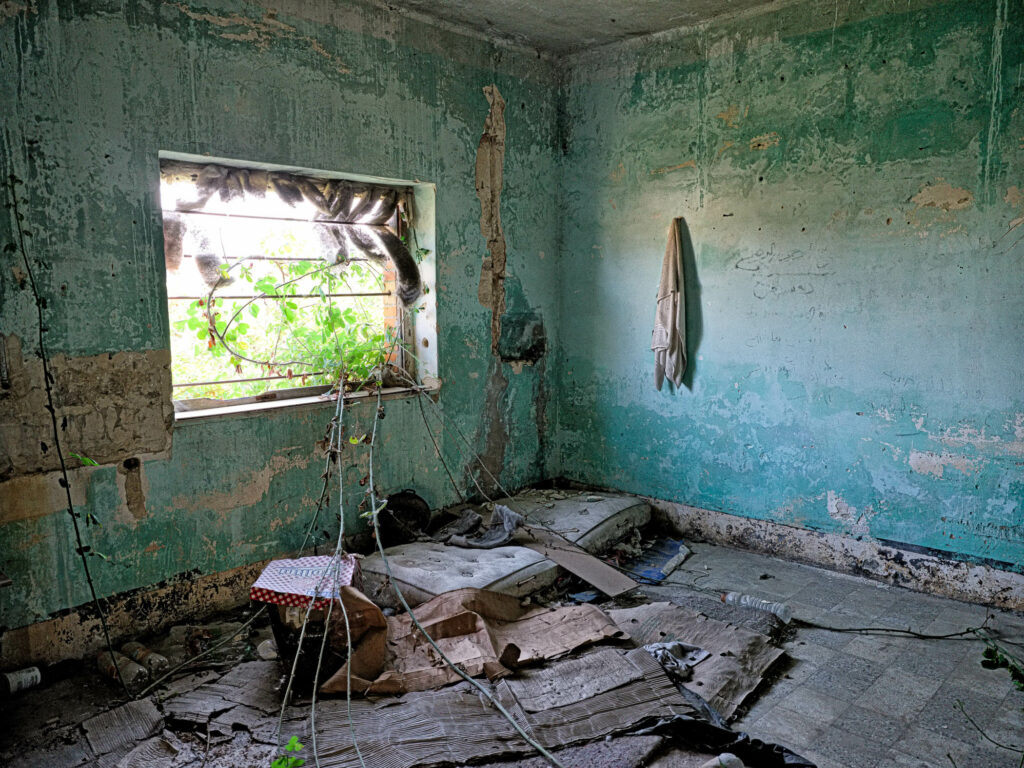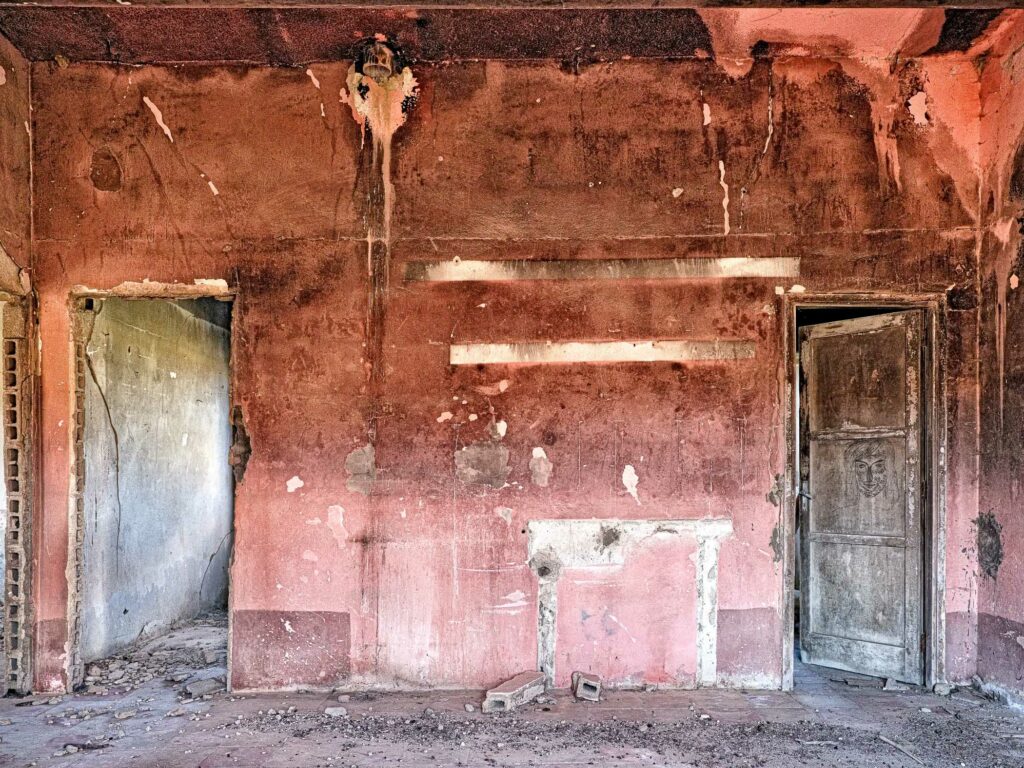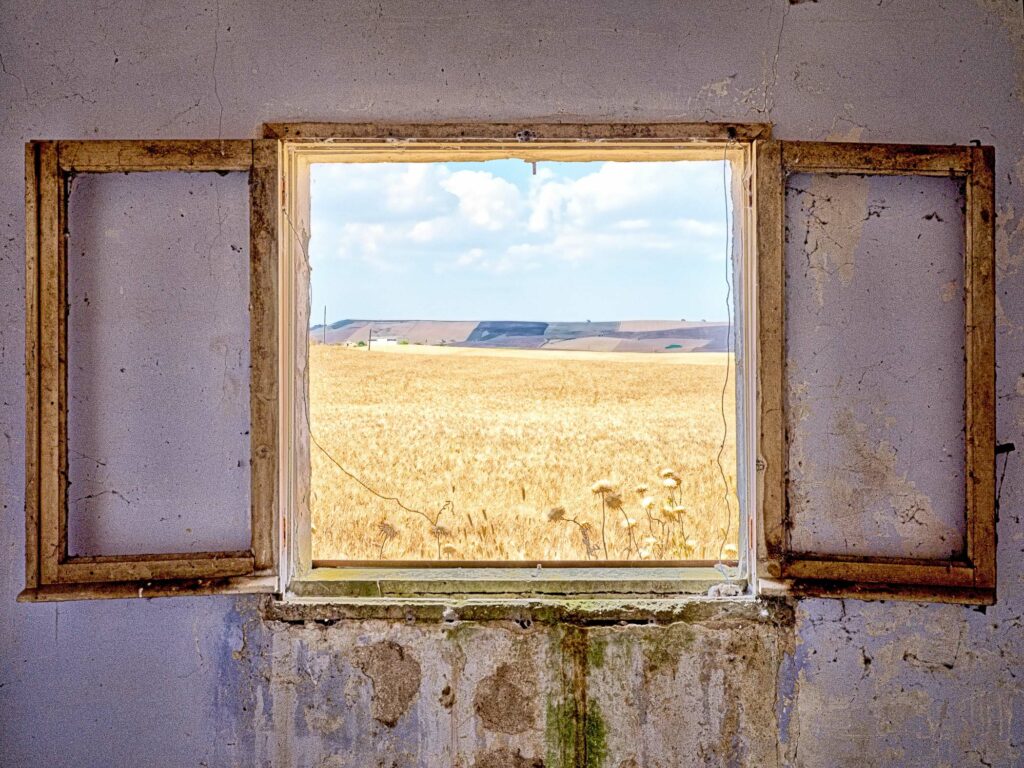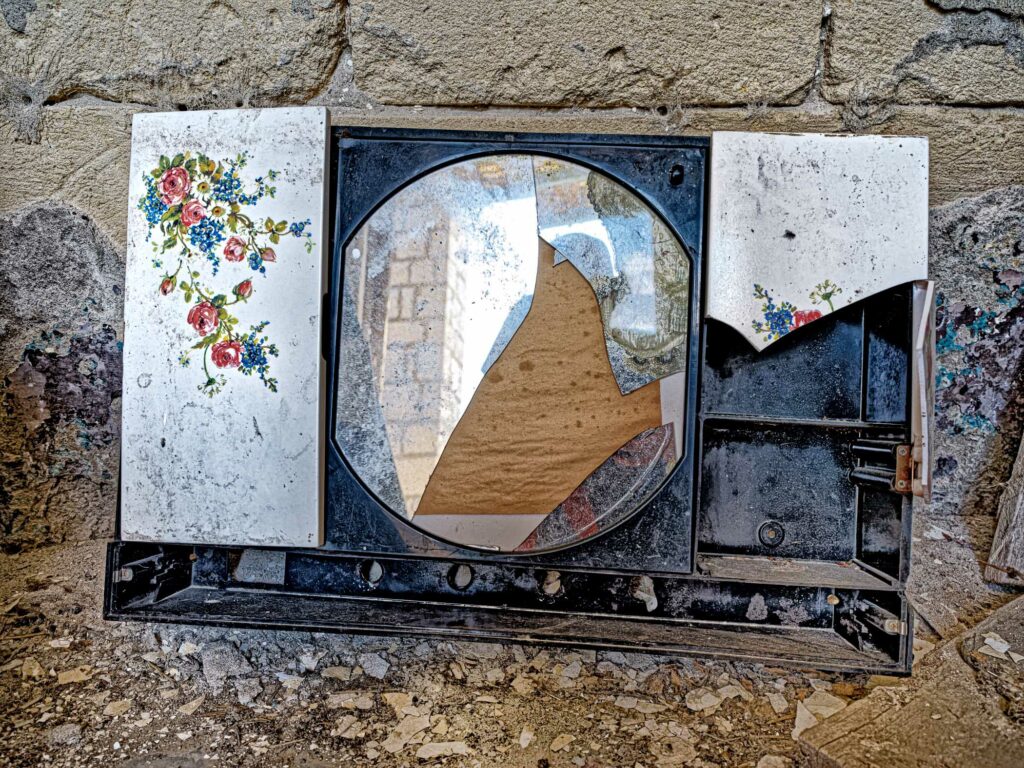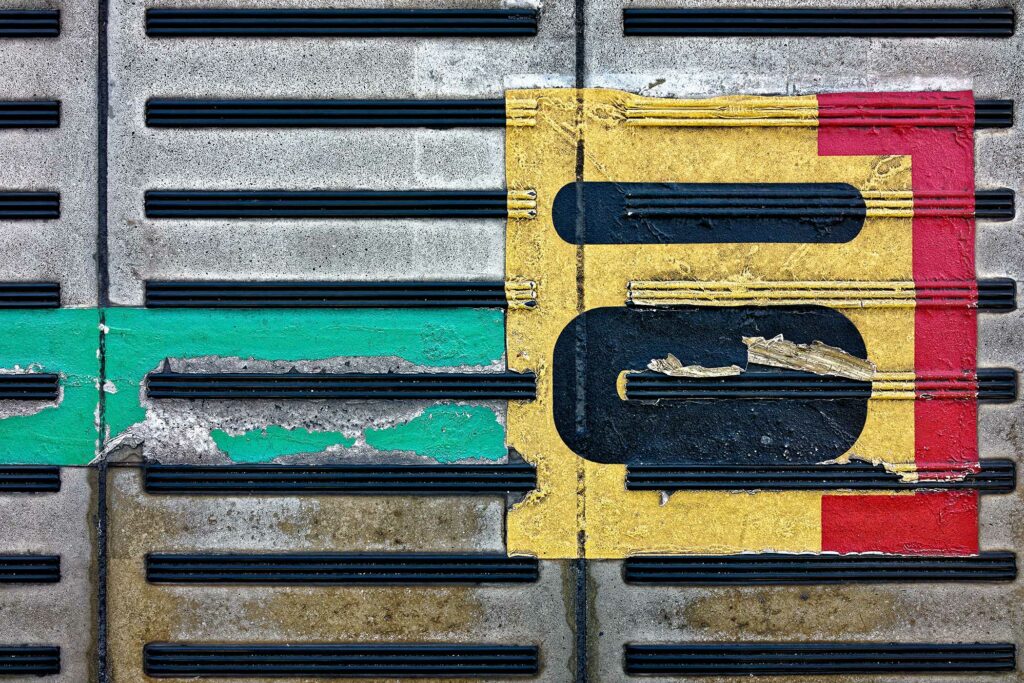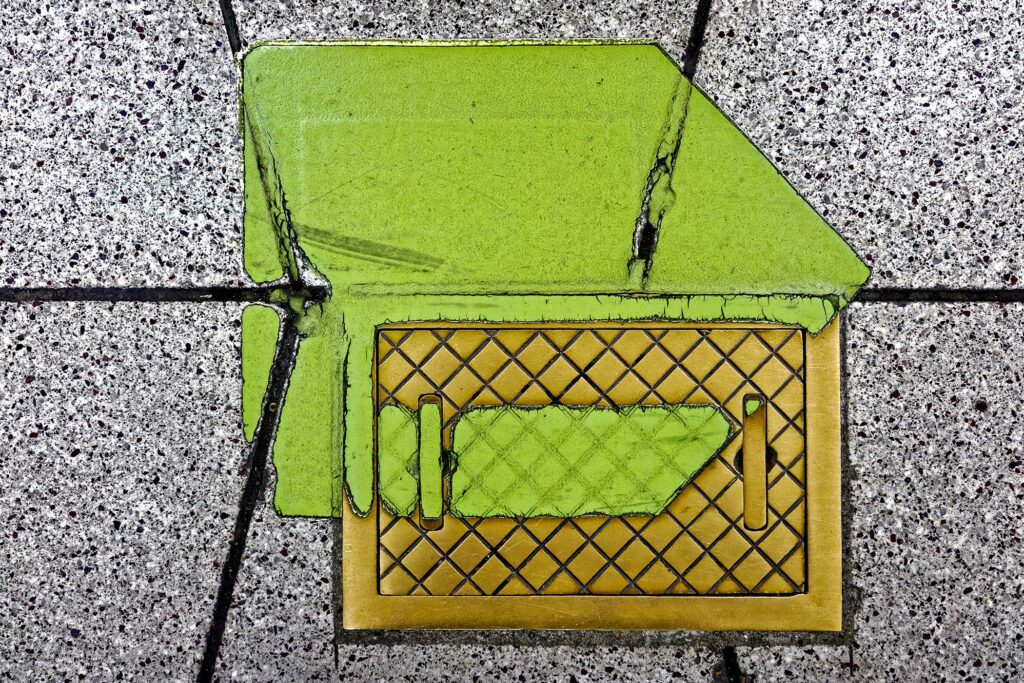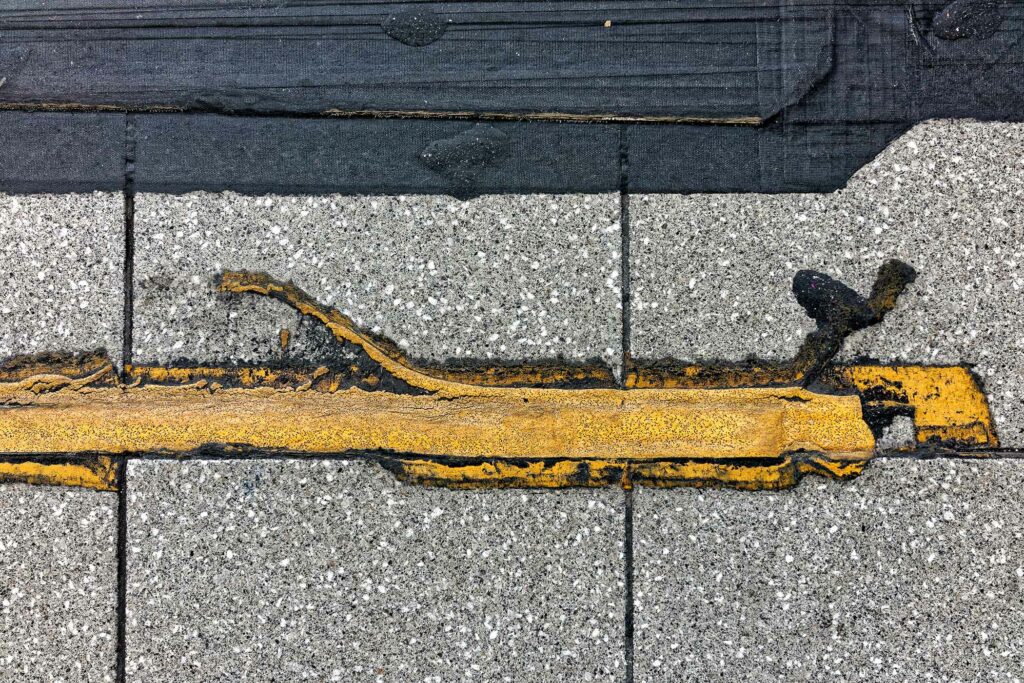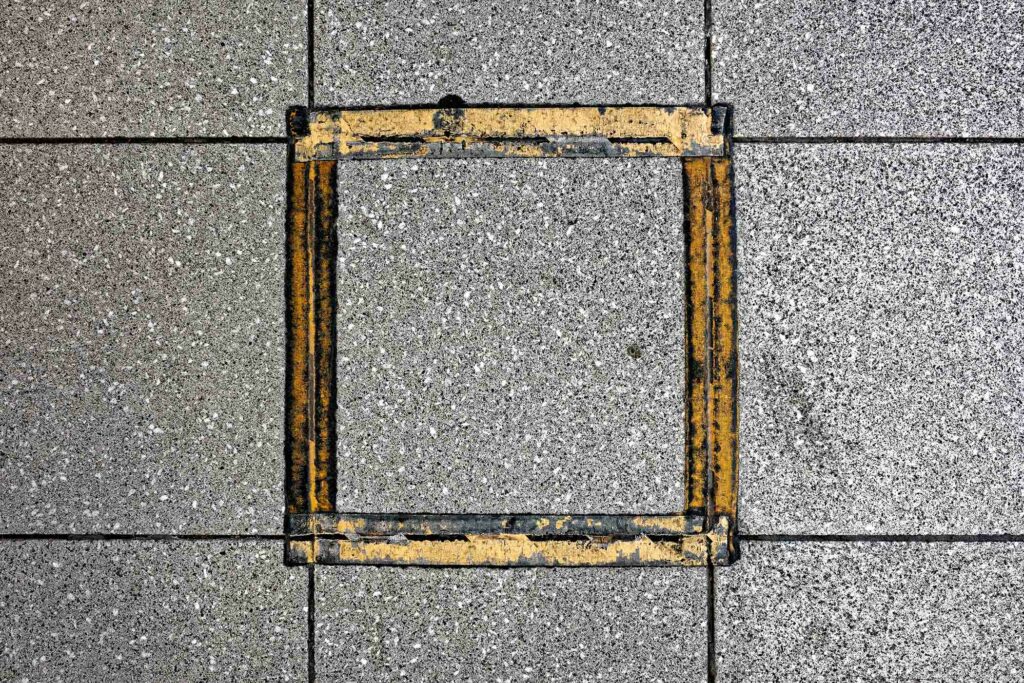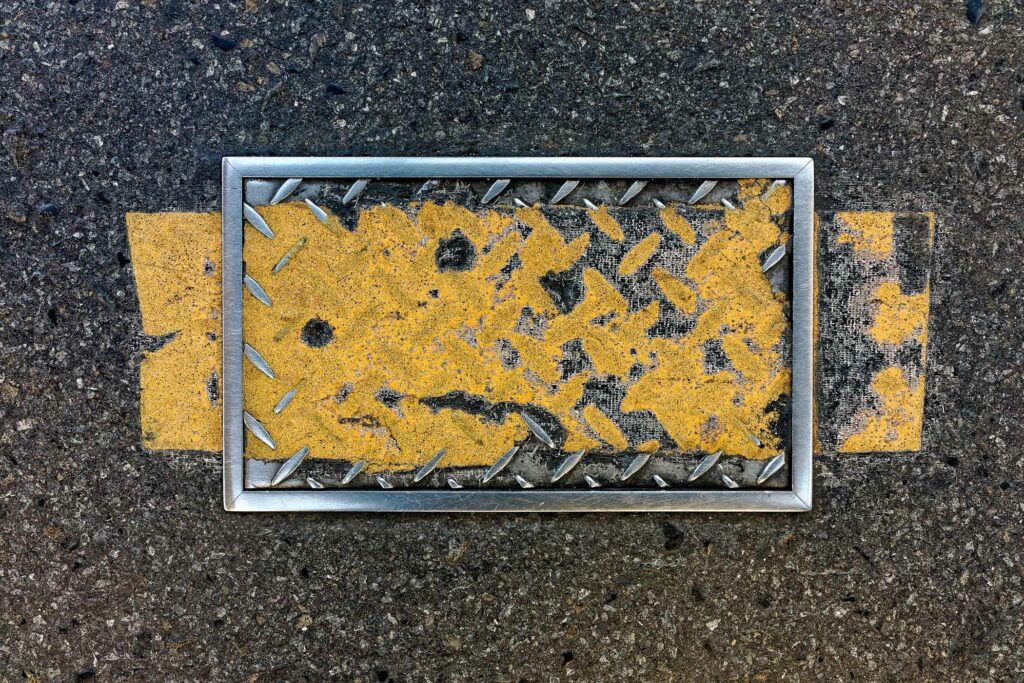Your basket is currently empty!
Steven Seidenberg
Architecture of Silence
Between 1952 and 1972, the Italian government implemented a land reform policy in a few key agrarian centers of the countryside, known as the Riforma Fondiaria. Funded by the Marshall Plan, the program placed land in the possession of impoverished families, but did so without the infrastructure necessary to make the small holdings sustainable. This failure brought about a mass migration into the developing industrial North, leaving dozens upon dozens of post-war, often cast-concrete structures abandoned in the now machine cultivated fields. In 2017, photographer Steven Seidenberg began exploring the landscapes, material culture, and remaining structures of this failed program in the vast agricultural areas of Basilicata and Puglia.
Tokyo Tape
Tape is frequently used in Tokyo underground metro stations for various purposes, such as marking queues, hazard zones, or guiding commuters. These markings often come in vibrant colours and interesting patterns. Inspired by the interplay of the colours lines and patterns Steven Seidenberg’s ‘Tokyo Tape’ series is a collection of visually appealing abstract images.
